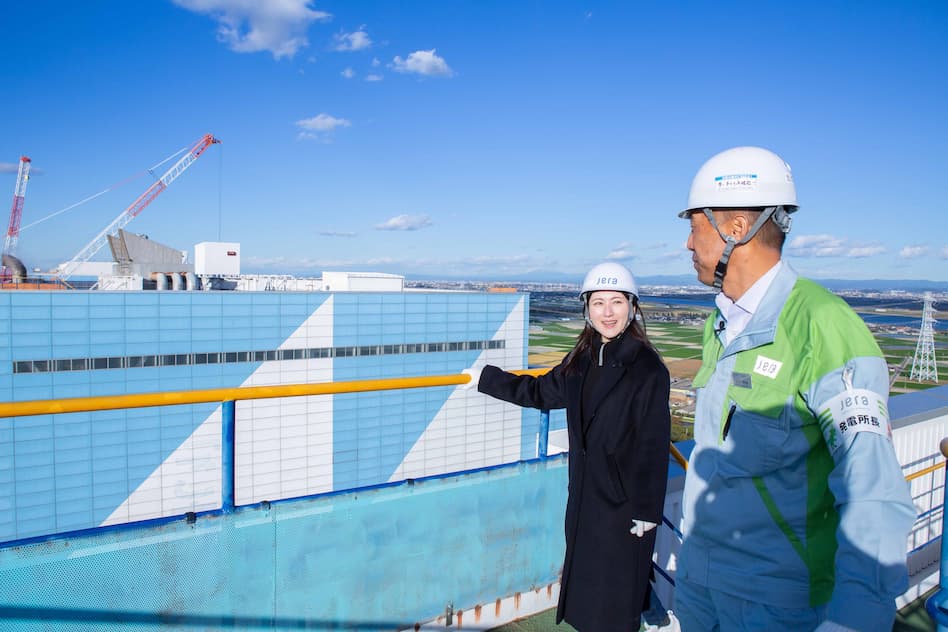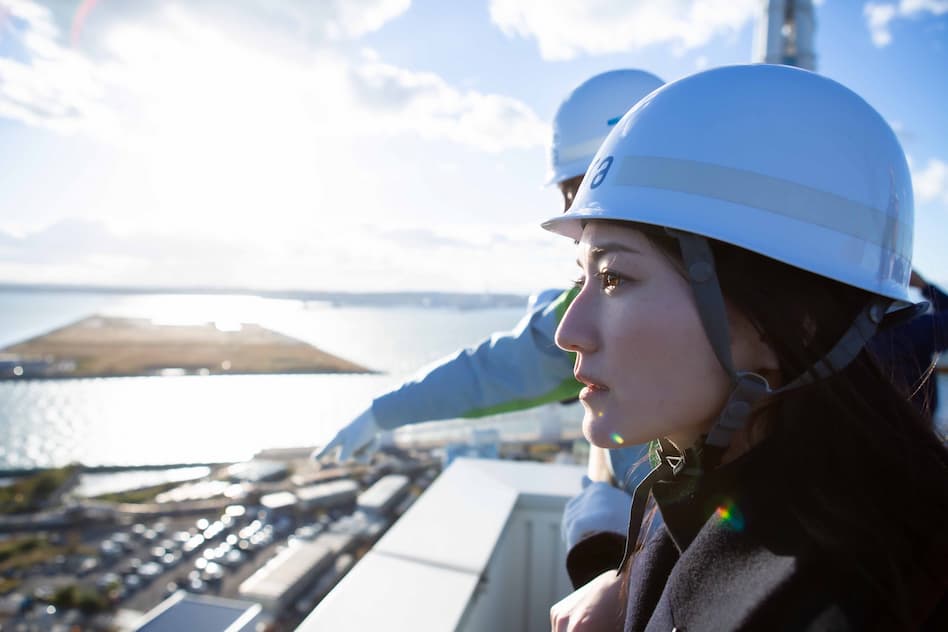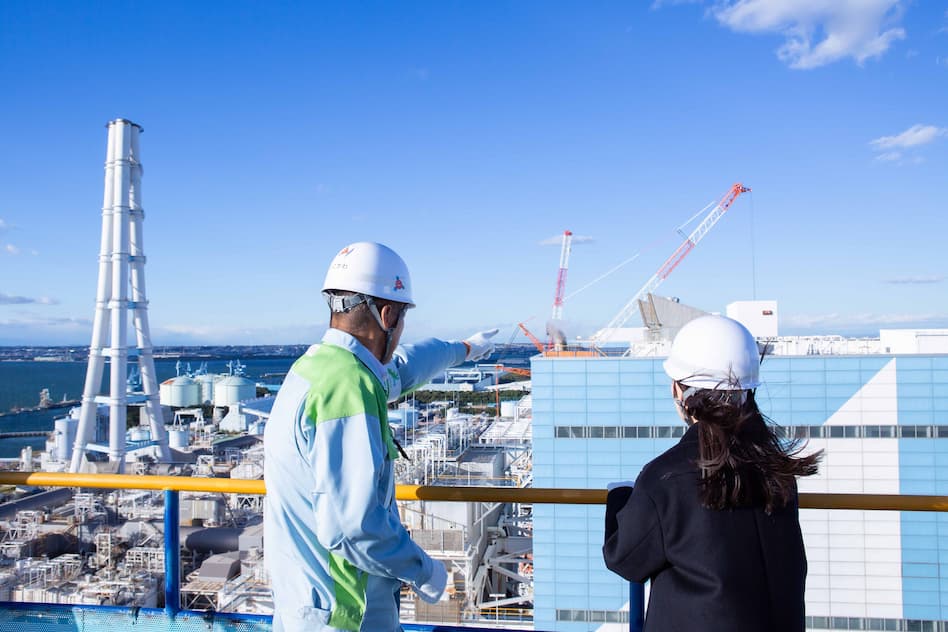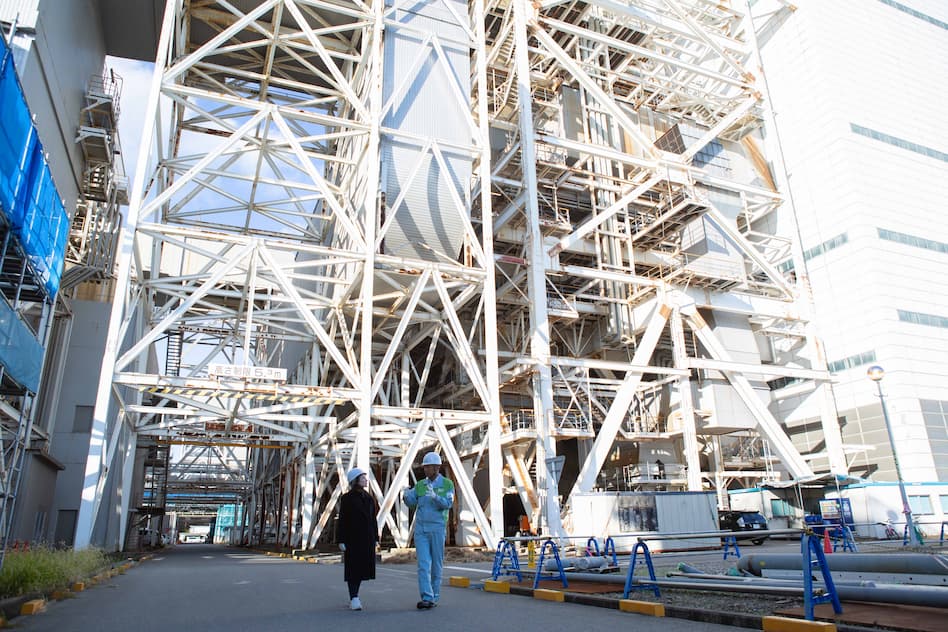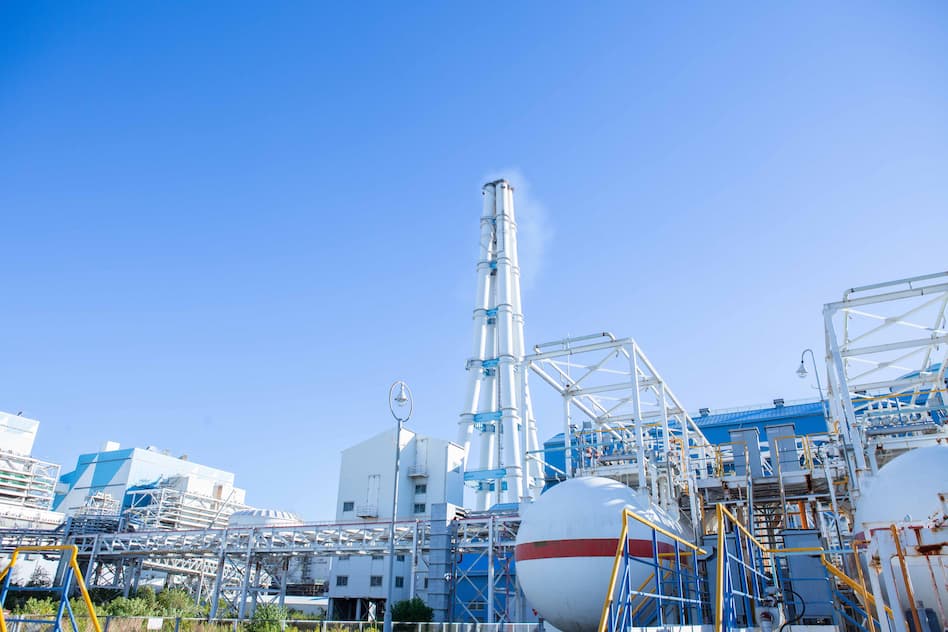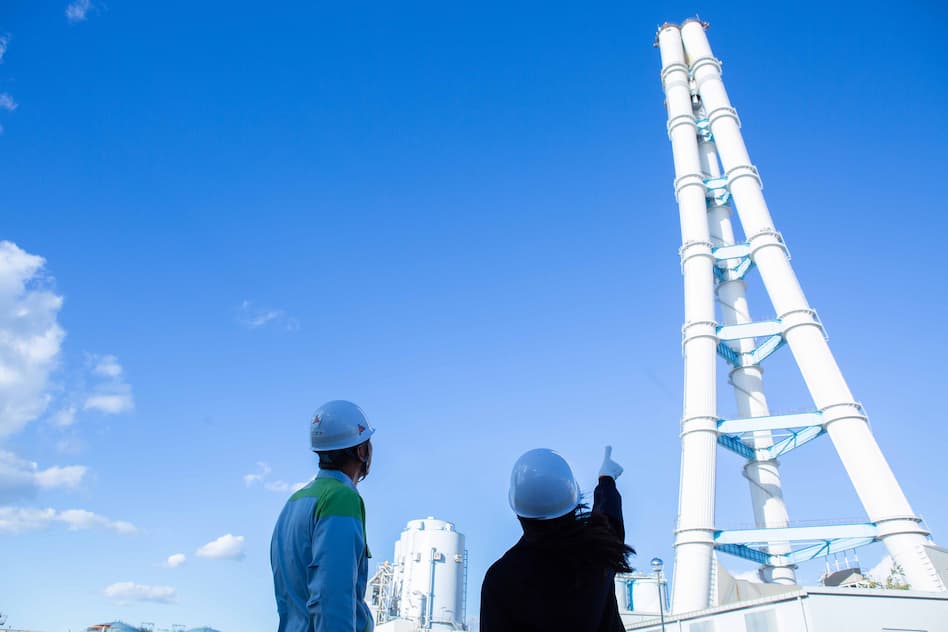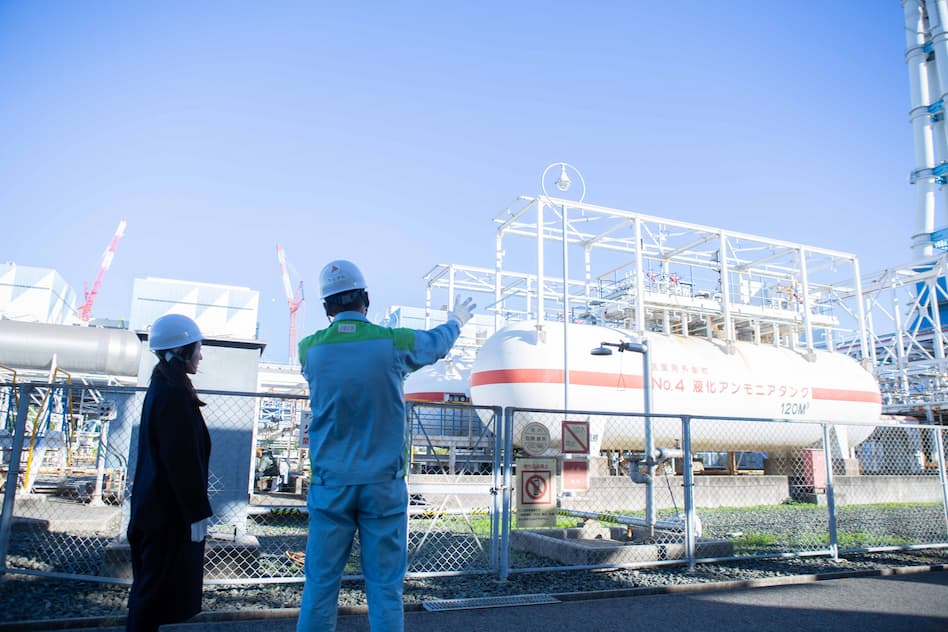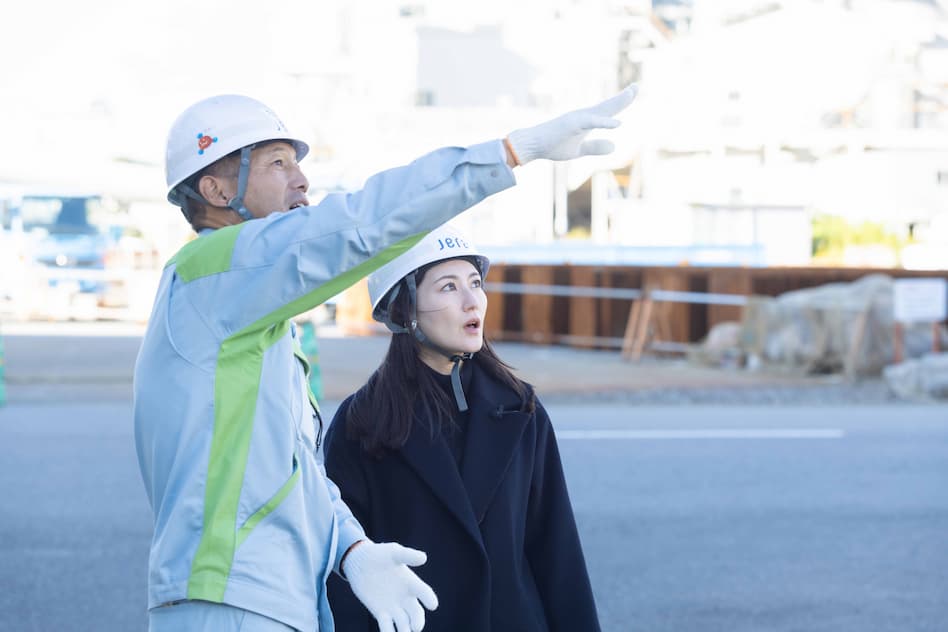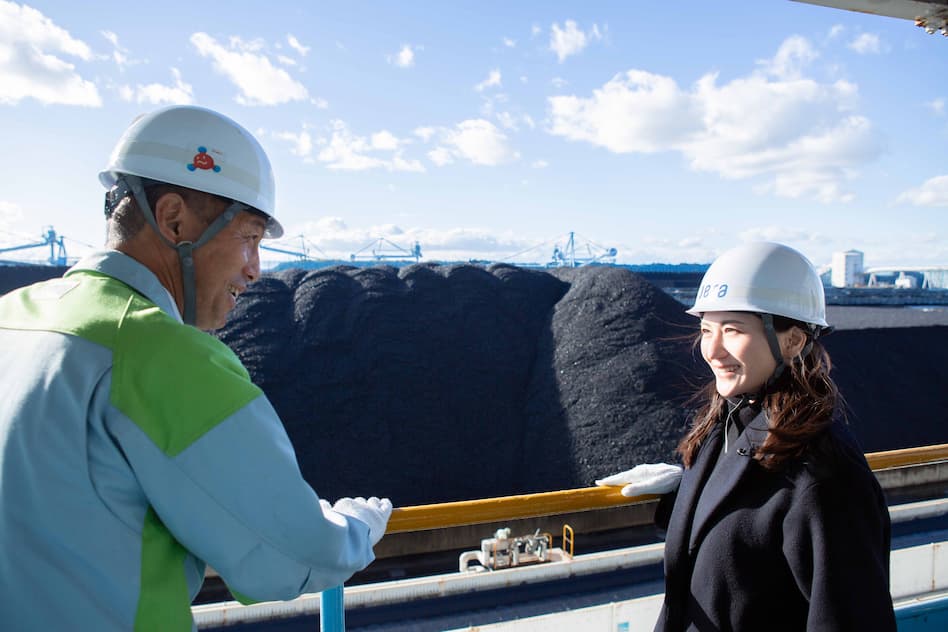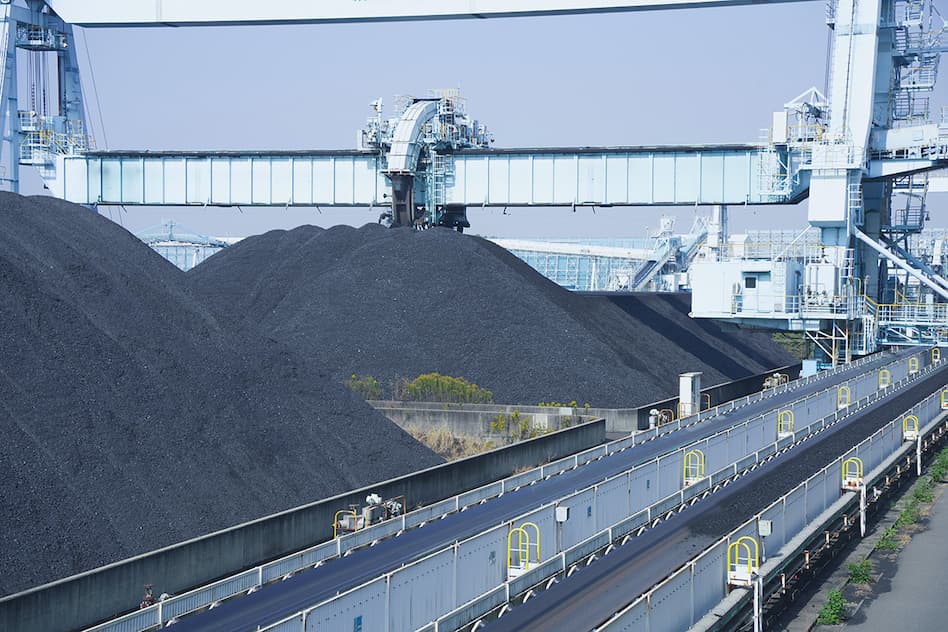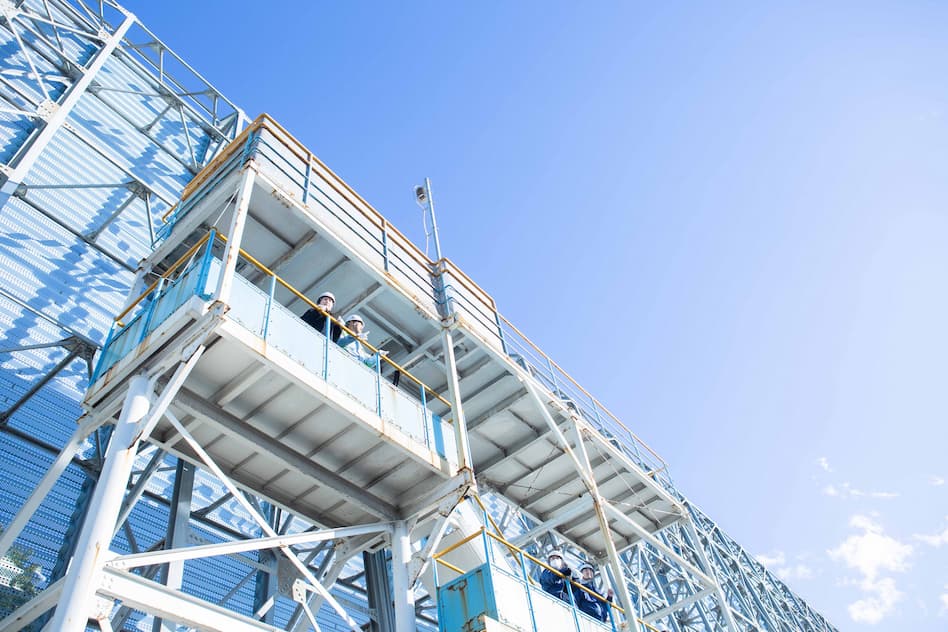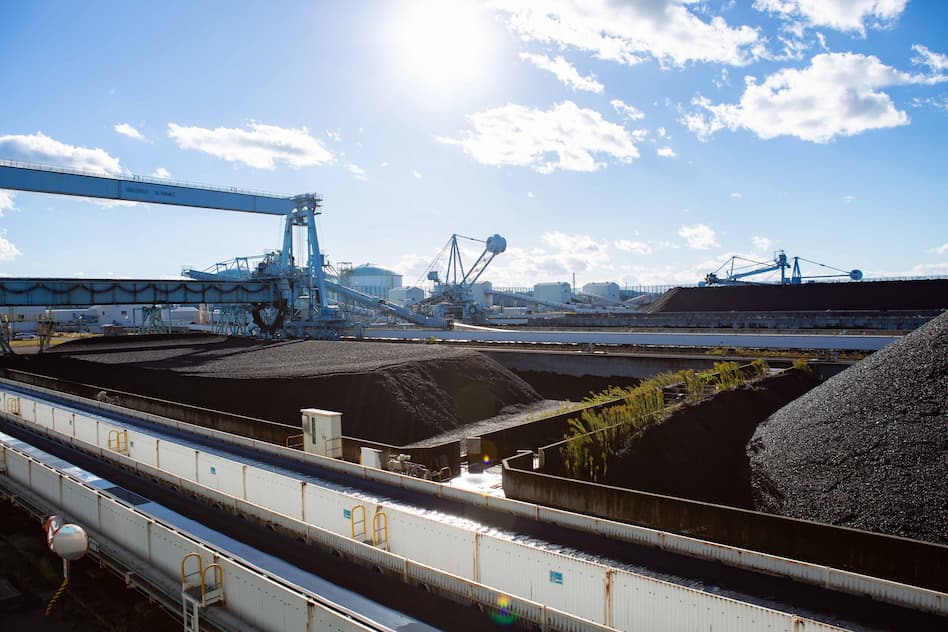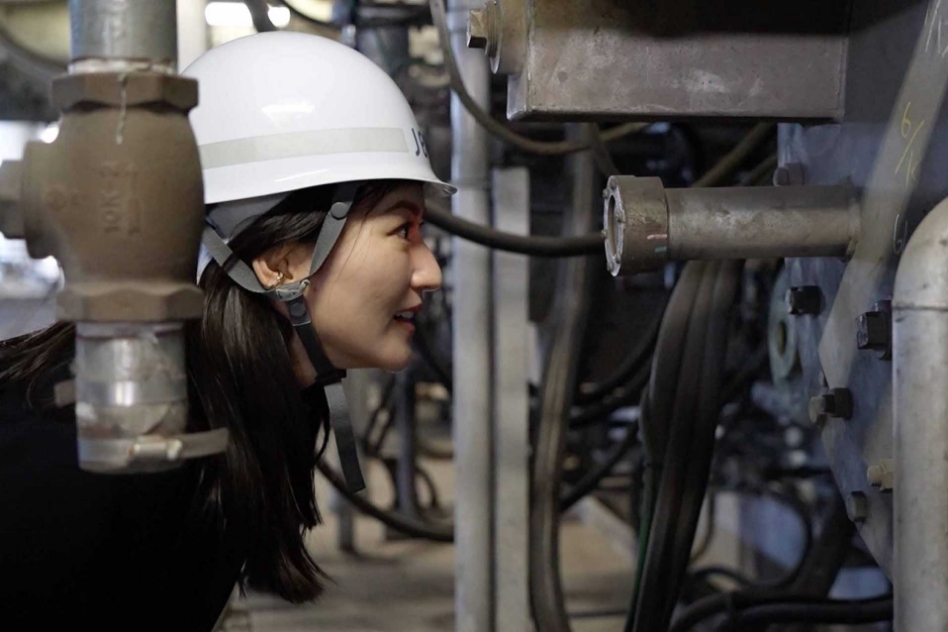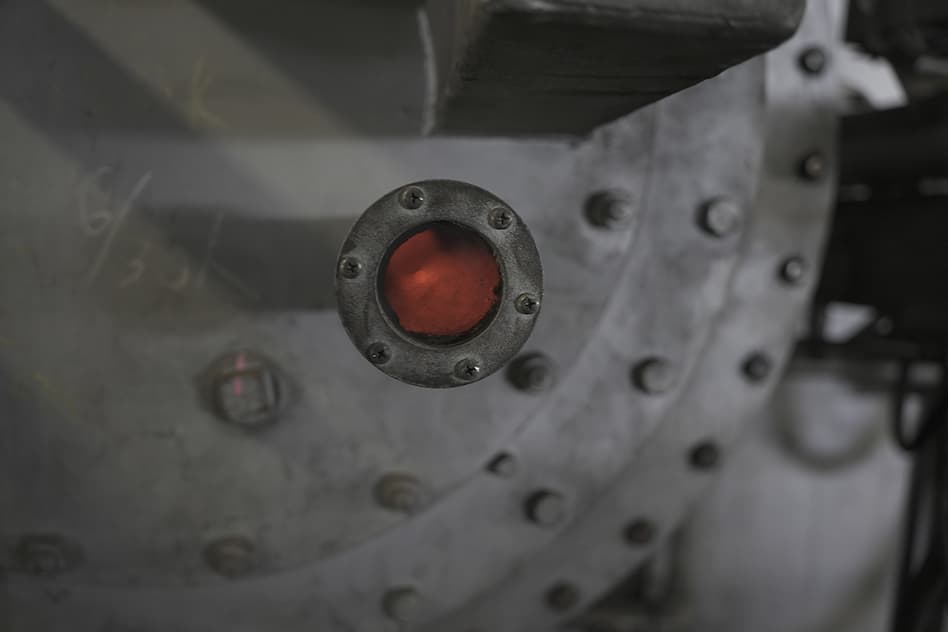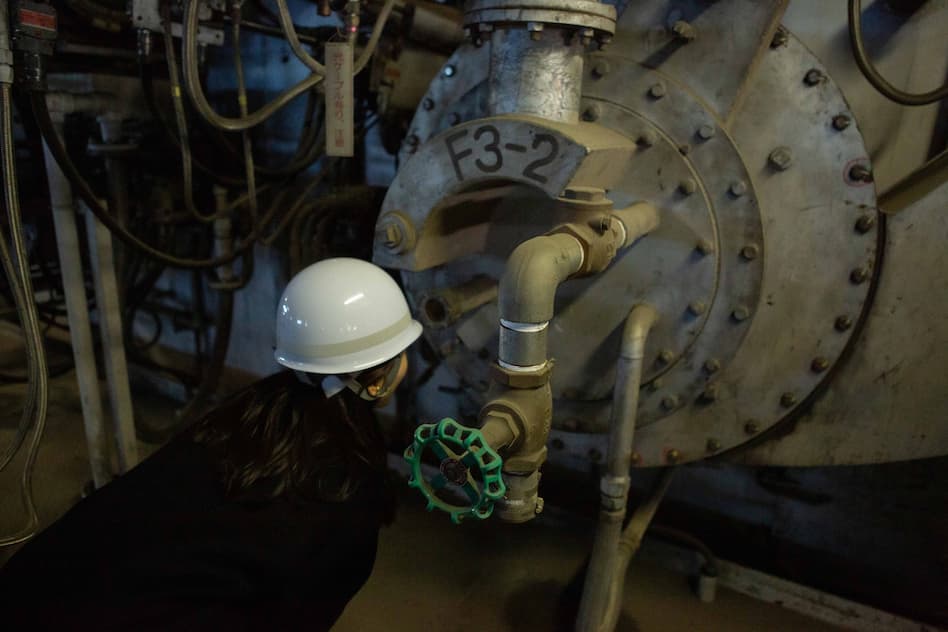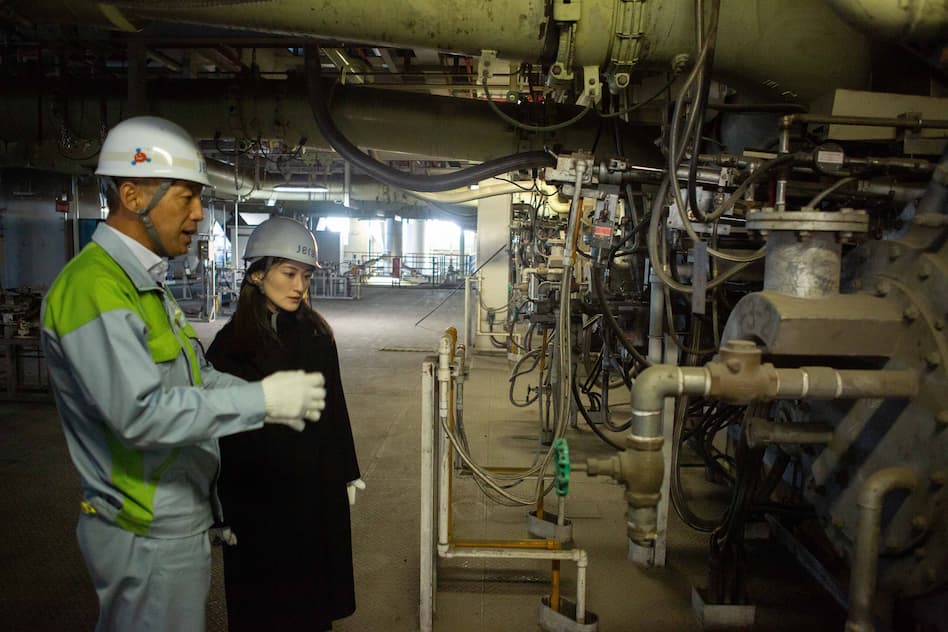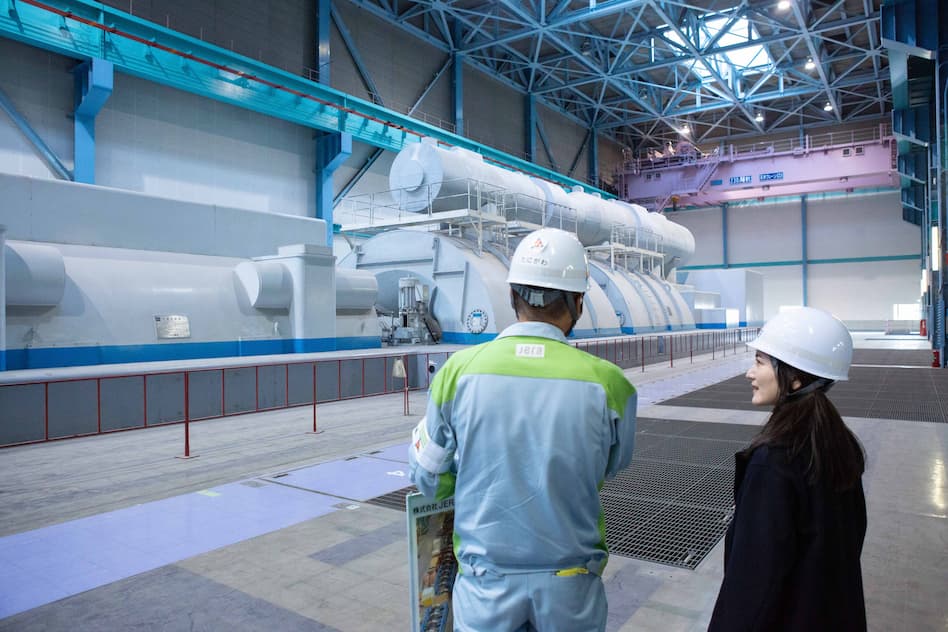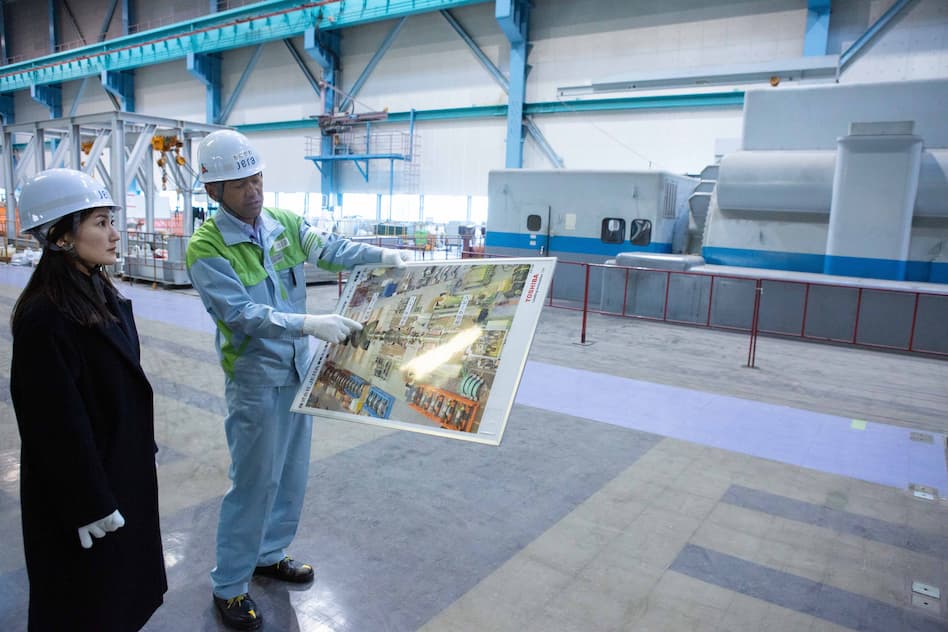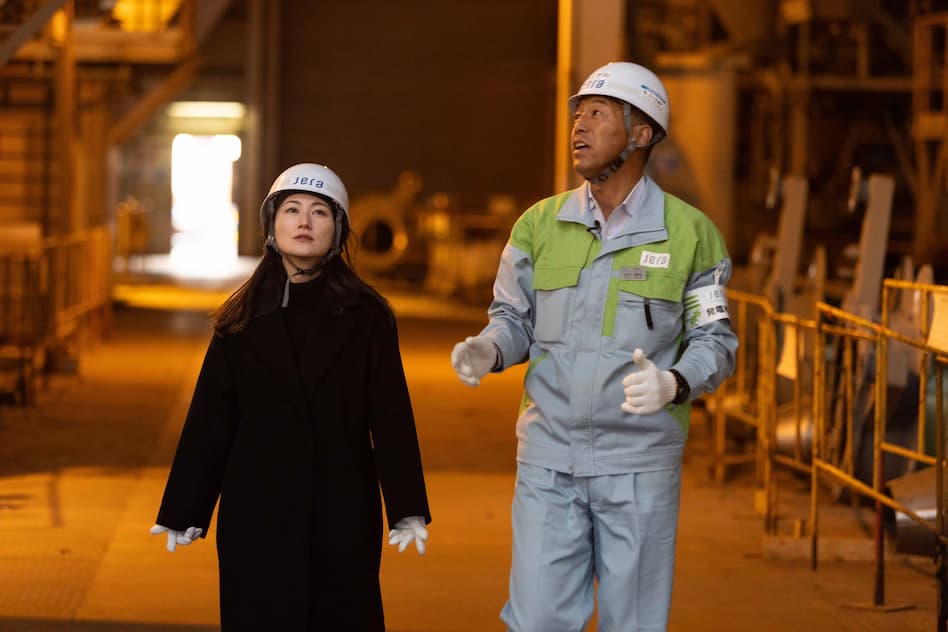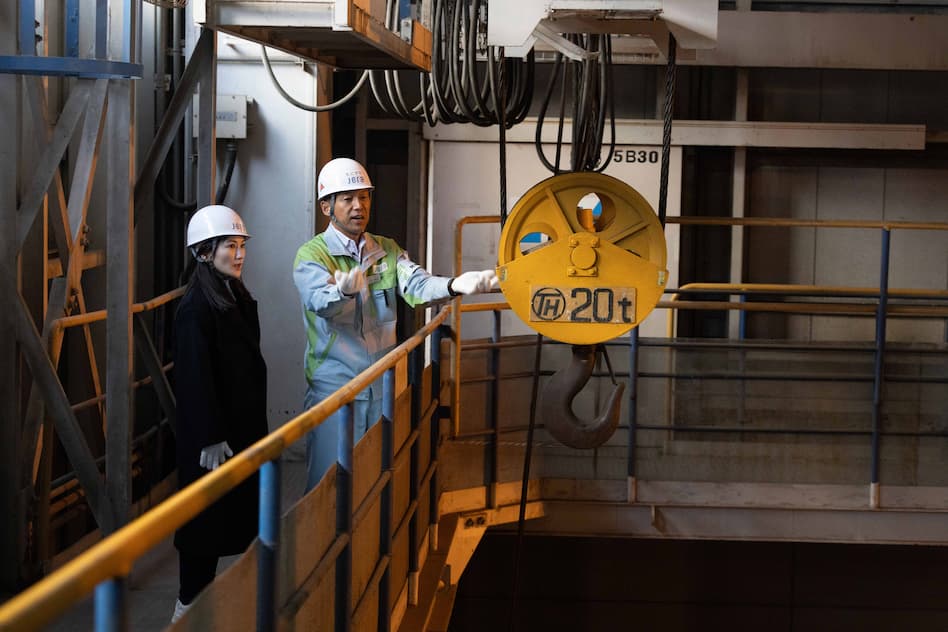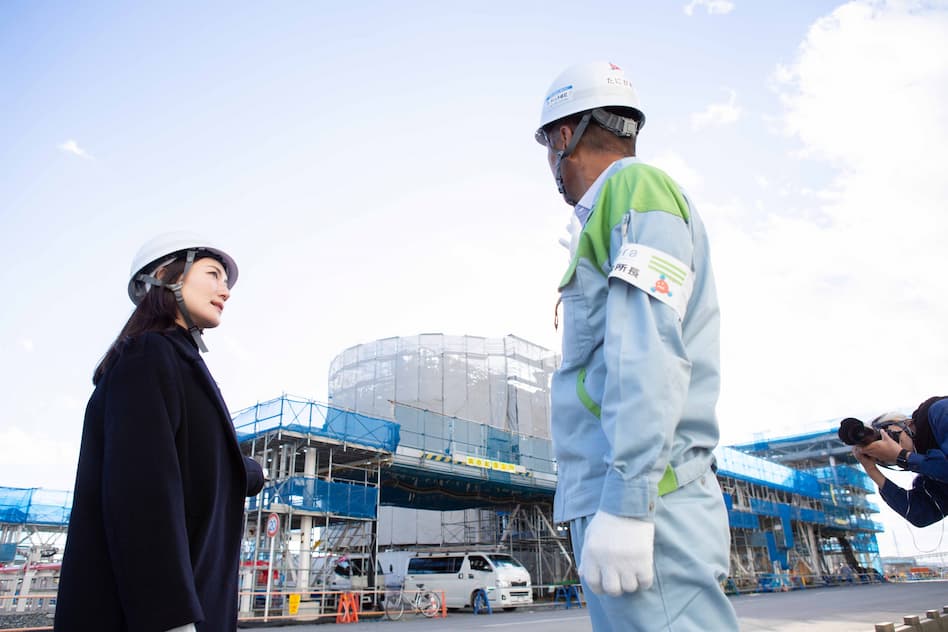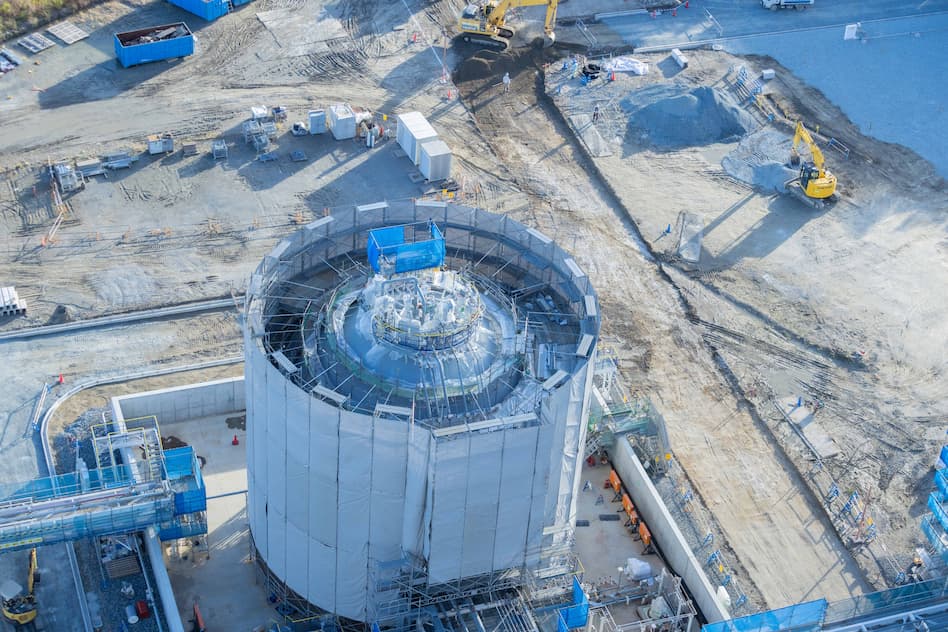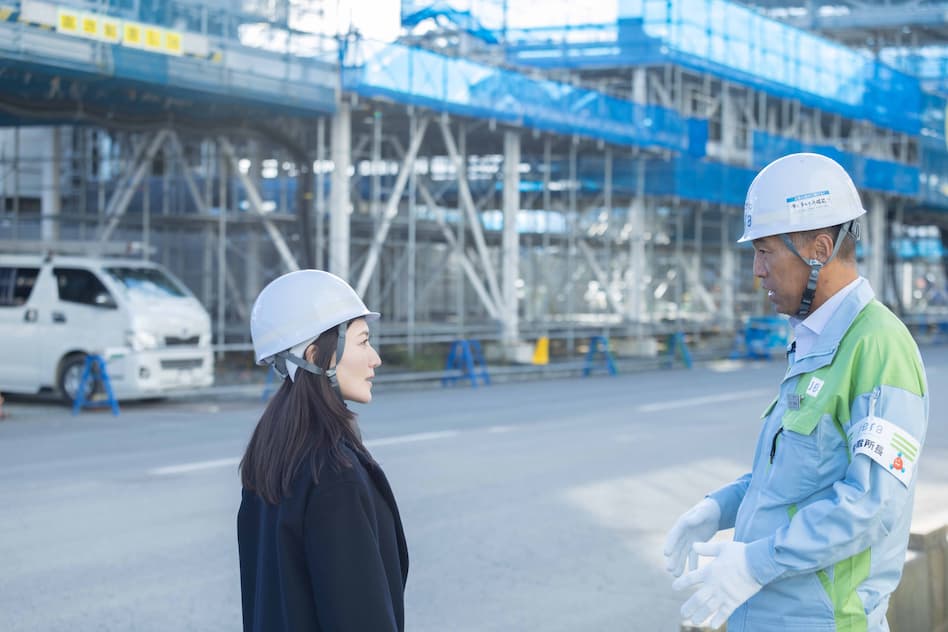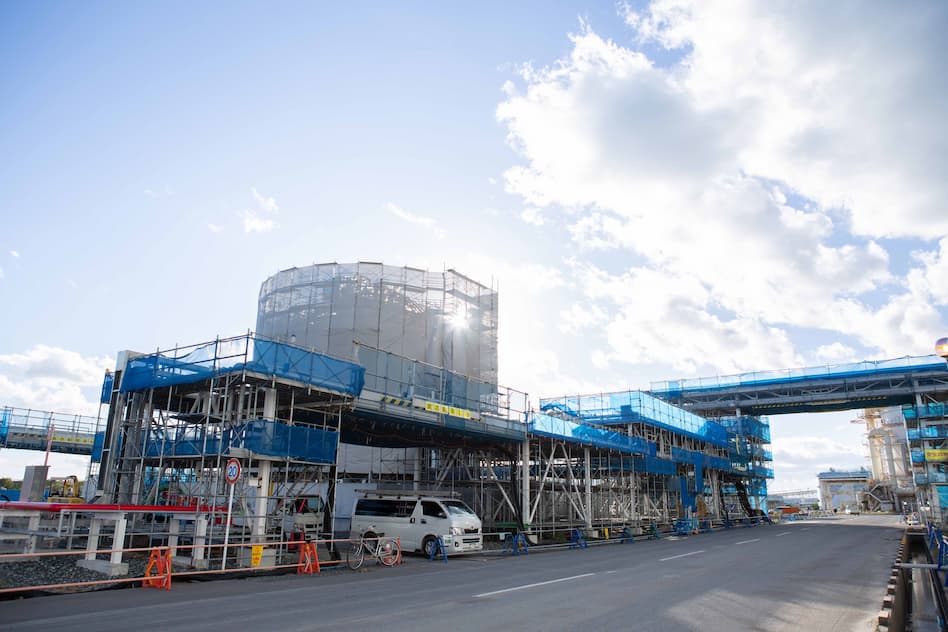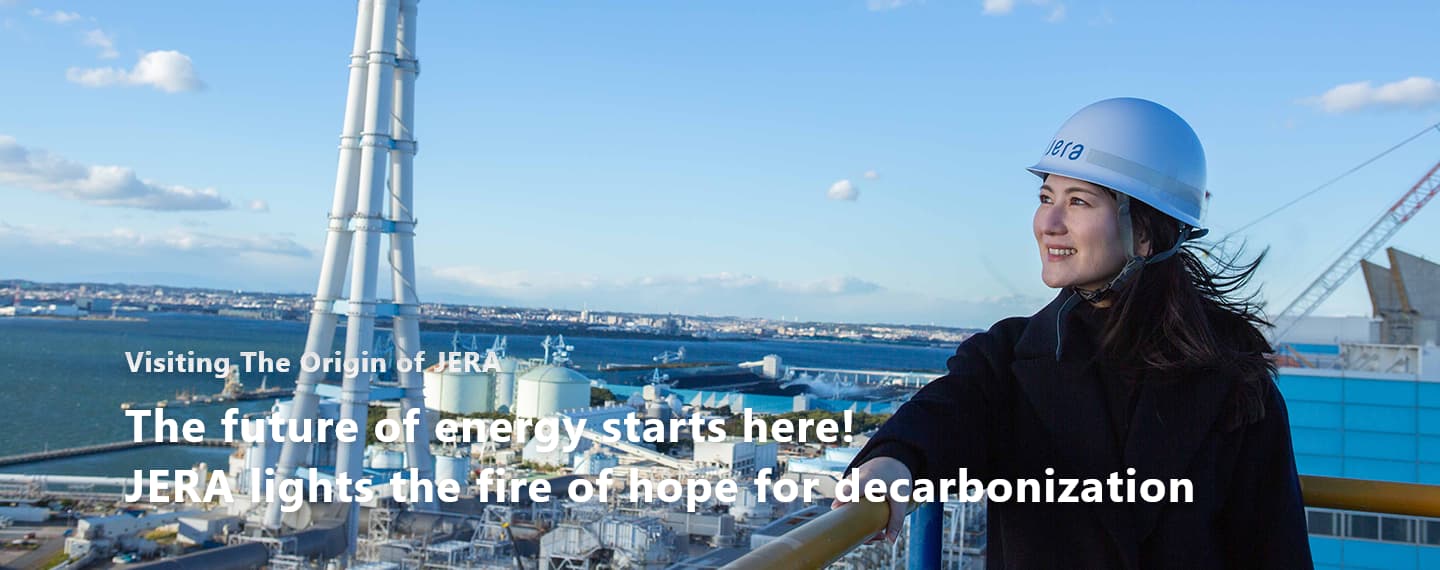
The future of energy starts here!
JERA lights the fire of hope for decarbonization
26 January 2024
These days, it’s no exaggeration to say that not a day goes by without hearing words like "decarbonization" or "carbon neutral." That’s how urgently people around the world are pursuing measures to address climate change. In 2020, JERA announced its "JERA Zero CO2 Emissions 2050" objective, under which it aims to achieve net-zero CO2 emissions from its thermal power plants. Since then, JERA has been working on zero-emissions thermal power generation and power generation using renewable energy. In this context, the company is about to take a new step forward at Hekinan Thermal Power Station in Hekinan City, Aichi Prefecture. Ayako Tanaka, a soprano singer active on the world stage, visited the site as a JERA ambassador.
INDEX
No CO2 emissions! A breakthrough in thermal power generation
What kind of scenery comes to mind when you hear the words "thermal power plant"? Many people—including me—imagine black smoke pouring from tall smokestacks. Today, there is an accelerating global movement to halt the construction of new coal-fired power plants and phase out those that already exist.
The last thermal power plant operating in Austria, where I live, closed in 2020. Many countries around the world have announced that they will be carbon neutral by 2050.
Japan, of course, is one of them. However, considering that roughly 70% of the electricity generated in Japan comes from thermal power plants fired with fossil fuels, extraordinary efforts will no doubt be needed to achieve net-zero CO2 emissions.
For this article, I visited Hekinan Thermal Power Station in Hekinan City, Aichi Prefecture—the largest coal-fired power plant in Japan and one of the largest in the world. Why are thermal power plants still the mainstay power generation facilities in Japan? Katsuya Tanigawa, General Manager of Hekinan Thermal Power Station, provided answers.
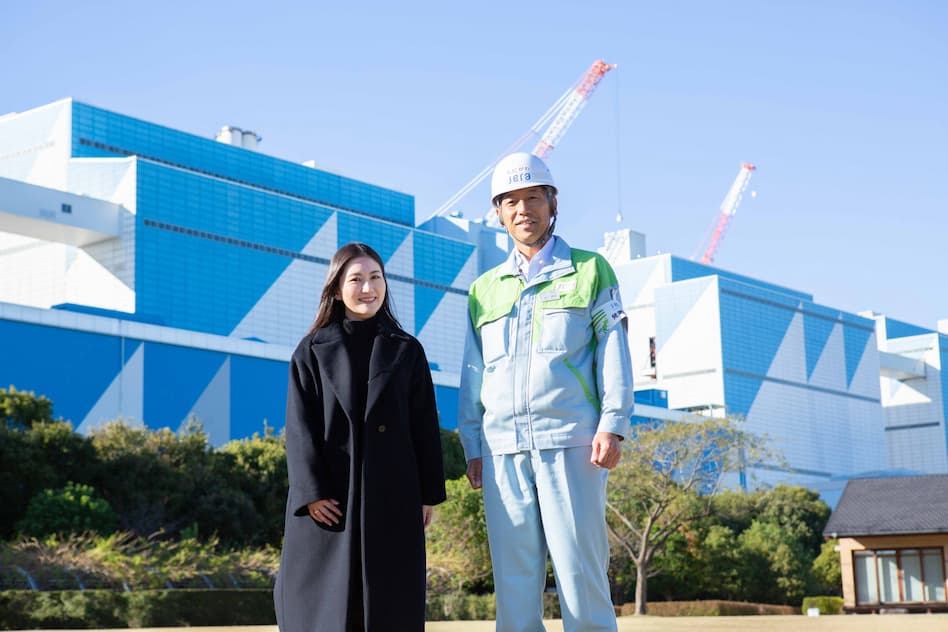
With electricity, we need to exactly match the amount we use and the amount we produce. The main means of generating electricity are nuclear power, renewables (solar, wind, hydro, etc.), and thermal power. Nuclear generates stable power without any CO2 emissions, but the amount of electricity generated cannot be fine-tuned. In addition, the amount of nuclear power generated in Japan has fallen since the Great East Japan Earthquake in 2011. Renewables are another important power source that does not emit CO2, but the amount of power they generate is easily affected by weather and other natural conditions. Neither nuclear nor renewables are good at generating power flexibly at just the right time or just the right amount. And that’s where thermal power generation comes in. (Tanigawa)
Despite thermal power’s flexibility to adjust the amount of power generated and its necessity in supplying Japan with stable power, we won’t be able to stop emitting CO2 as long as we continue using fossil fuels. This is the biggest issue with thermal power, and JERA is tackling it head on through its "JERA Zero CO2 Emissions 2050" objective of achieving net-zero CO2 emissions by 2050.
“For JERA, Japan's largest power generation company, to reduce CO2 emissions to zero will have a huge impact," said Mr. Tanigawa. “The way we’ll accomplish this is by generating as much renewable energy as we can while also using thermal power that emits no CO2.” Zero-emissions thermal power, he explained, means zeroing out the negative of CO2 emissions while retaining the positives such as the ease of adjusting the amount of electricity generated. The keys to achieving this, he added, are ammonia and hydrogen.
Ammonia and hydrogen emit no CO2 when burned. To start, we will reduce CO2 emissions by mixing ammonia with coal, and hydrogen with LNG. Gradually increasing the proportion of ammonia and hydrogen, ultimately, by 2050, we will achieve ammonia-only and hydrogen-only thermal power generation. The first step is to conduct demonstration testing of thermal power generation with a 20% substitution of ammonia for coal. That will take place here at Hekinan Thermal Power Station in March 2024. (Tanigawa)
It's been more than 140 years since Thomas Edison built the world's first thermal power plant at the end of the 19th century. Thermal power generation, which began with coal and has long relied on fossil fuels, is approaching the greatest turning point since its inception.
First-in-the-world demonstration testing at Japan's largest coal-fired power plant!
Hekinan Thermal Power Station is the largest coal-fired power station in Japan, with a total output of 4.1 million kilowatts. Its coal storage area stretches across 460,000 square meters. “We can store as much as 880,000 tons of coal here," Mr. Tanigawa noted, and indeed there seemed to be mountains of coal. With so much fuel available, I was sure the station would be able to generate a lot of electricity. As Mr. Tanigawa explained, though, "We have a large amount of coal, but it only lasts about a month. Therefore, a ship arrives every two or three days bringing more in. We get about 80% of our coal from Australia and Indonesia. After the coal is placed in the coal storage yard, it is scraped off by a wheel-like machine called a reclaimer and sent to the boiler by belt conveyor."
Hearing this, I looked again across the vast coal storage yard. I use electricity every day without thinking very much about it, but as we left the coal storage yard I had a new appreciation for just how many resources are needed to produce it. We followed the coal being carried by conveyor to the boiler room.
“Coal is difficult to burn as-is,” Mr. Tanigawa explained, “so it is first crushed into small pieces—almost like flour—before being transported to the boiler where it is burned by 48 burners. This boils water to create ultra-high-pressure, high-temperature steam, which turns a turbine at the end of the boiler to generate electricity.” He invited me to look into a hole to see the coal burning for myself. When I peeked in, I could see orange flames glowing so brightly that it was difficult to look at them for long. Tanigawa said the temperature inside the boiler reaches 1,500 degrees Celsius, and that the 48 burners will play an important role in the substitution of ammonia for coal in combustion.
The burners need to be modified to burn ammonia as well as coal. In 2021, we retrofitted two of the 48 burners and conducted a small-scale combustion test using a mix containing 0.02% ammonia. This confirmed that there were no equipment problems such as the burning of ammonia impacting metal materials. We are currently working on further burner modifications in preparation for demonstration testing in March 2024 in which 20% of the fuel will be replaced with ammonia. (Tanigawa)
Using ammonia as a new fuel naturally requires equipment modifications and related costs. They also need to construct tanks to store the ammonia and a means of transporting it to the boiler. On the other hand, starting by testing 20% substitution of ammonia only requires the modification of burners. When I heard that this would be a “first-in-the-world demonstration test," I had imagined something so large-scale that they would have to replace all the power generation equipment, so this came as a pleasant surprise.
Looking around the world, many coal-fired power plants have only recently been built, especially in Southeast Asia. Mr. Tanigawa noted that if JERA can achieve thermal power generation using ammonia, it will be possible to generate CO2-free thermal power in such countries using existing thermal power plants with only minimal modifications.
The last thing Mr. Tanigawa showed me was a tank for storing ammonia to be used in the next demonstration experiment. I wasn’t able to see the entire spherical storage tank, which was under construction and surrounded by fencing, but he said it was about the same size as the Great Buddha statue at Todaiji Temple in Nara. Although it towered above us, Mr. Tanigawa said it’s actually pretty small for a fuel tank.
After the demonstration testing is done and we start using ammonia as fuel year-round, we plan to construct multiple tanks that are about 25 times the size of this one. (Tanigawa)
During my tour of Hekinan Thermal Power Station, I was continuously overwhelmed by the scale of Japan’s largest thermal power plant, starting from the coal storage area that can accept 880,000 tons of coal and ending with the construction of ammonia storage tanks 25 times larger than the current one. I was able to feel for myself that they are about to take a major step toward creating new solutions to the energy issues facing Japan and the world.
After the Visit
JERA's commitment to "get it done," not "try and see”
Achieving net-zero CO2 emissions by 2050—this is a goal that many countries and companies are each working to achieve in their own way. It’s also important, of course, that each of us as individuals cooperates and works toward achieving this goal. At the same time, the barriers seemed so high that a part of me doubted whether such a goal was really achievable.
After my visit, however, my doubts were cleared away and I was able to gain hope for the future because I could see with my own eyes that JERA's efforts to achieve zero emissions are making steady progress at Hekinan Thermal Power Station.
JERA had both the vision of adopting ammonia as a new fuel to replace coal and the technical ability to make it a reality. I could sense how this combination has brought the dream of CO2 emissions-free thermal power so much closer to reality. Above all, the strong sense of mission that the people at JERA have to accomplish what they have set out to do, rather than just try and see if it is possible, filled me with hope.
Achieving zero-emissions thermal power is going to change thermal power generation around the world. I again feel grateful and moved to be a part of this great transformation.
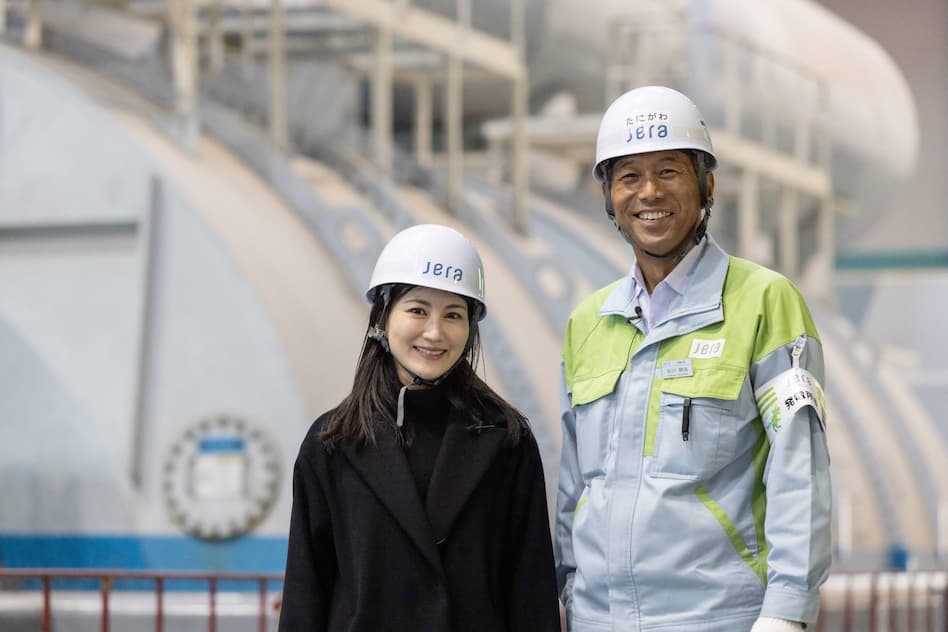
The demonstration testing underway at Hekinan Thermal Power Station has the potential to change the history of thermal power generation. While setting ambitious goals, JERA is also committed to working in harmony with the local community that sustains it. The power plant has facilities that are shared with the local community such as a "JERA Garden Hekinan" with a central lawn where local residents can relax and a "JERA Museum Hekinan" which is immersive museum at the forefront of zero-emissions thermal power generation. Hopes are high for the future of Hekinan Thermal Power Station, which in this way is also pioneering new ground as a power plant open to the community.
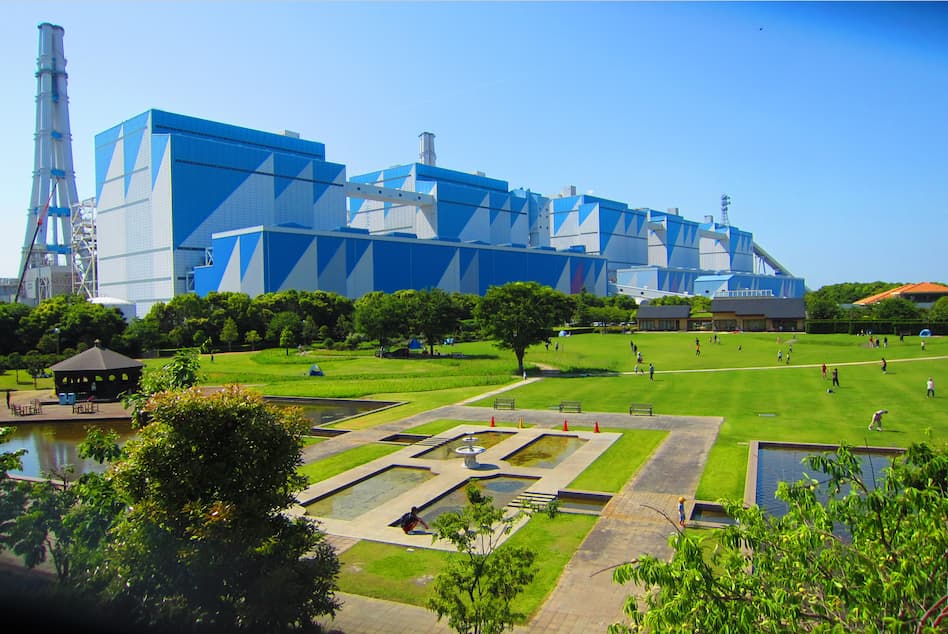
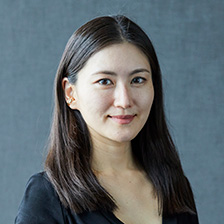
Ayako Tanaka
Soprano singer
President, Japan Association for Music Education Program
At the age of 18, Tanaka traveled to Vienna alone to study. At 22, she made her debut at the Stadttheater Bern in Switzerland, becoming the youngest soloist ever in the theater and the first Japanese person to perform there. Since then, she has performed in Vienna, London, Paris, Buenos Aires, and many other cities worldwide. Tanaka won “Best World Premiere Piece” by the Argentine Music Critic Association for her performance of Esteban Benzecry's “The 5 Cycle Songs for Coloratura Soprano and Orchestra" in Buenos Aires. The album received five stars from the BBC Music Magazine, the world's best-selling classical music magazine.
Tanaka is also engaged in giving back to society through activities such as the SCL International Youth Music Festival held in Vienna with the support of UNESCO and the Austrian government to assist young performers, as well as the National Youth Orchestra of Argentina, which was established with the support of the Argentine government to provide education to young people of various backgrounds and family situations through music.
Tanaka was named one of Newsweek's "100 Most Respected Japanese in the World" in 2019. She sang the Japanese national anthem on October 22 at the opening ceremony of the SMBC Nippon Series 2022. Born in Kyoto, Tanaka lives and works in Vienna.
RELATED STORIES
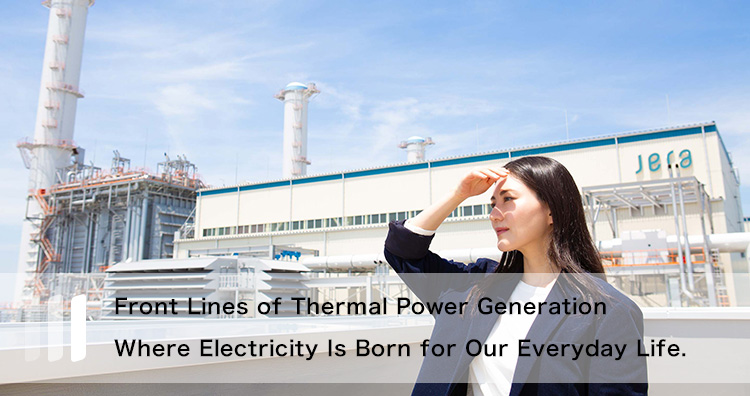
Front Lines of Thermal Power Generation Where Electricity Is Born for Our Everyday Life.
Ichihara City and Futtsu City in Chiba Prefecture face Tokyo Bay. Both cities are home to JERA's world-class thermal …
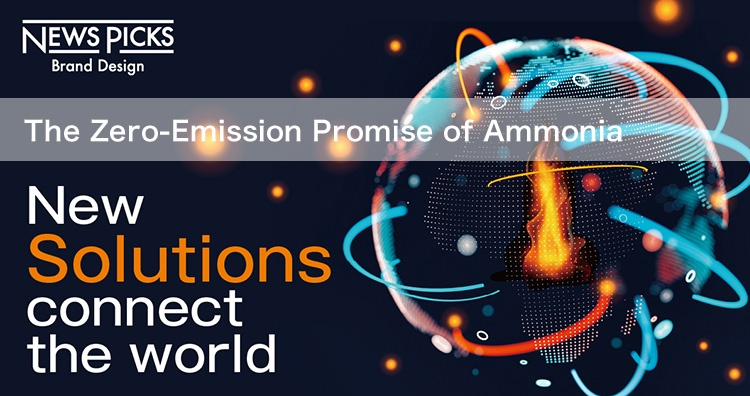
The Zero-Emission Promise of Ammonia
One of these approaches is to start world-leading demonstration tests aimed at "zero-emission thermal power"…

Challenging the Skepticism of Green Countries: The Reality of Ammonia as a Fuel Source
A variety of solutions to combat global climate change are being pursued around the world.


